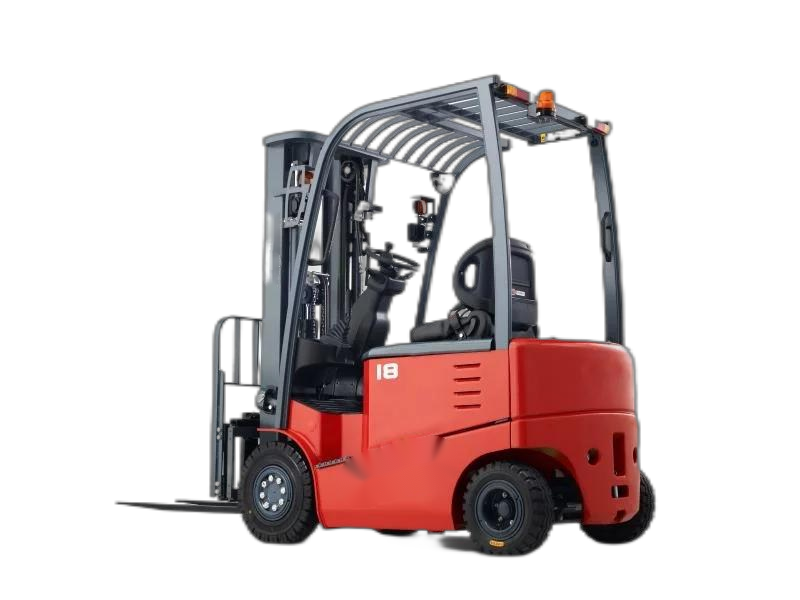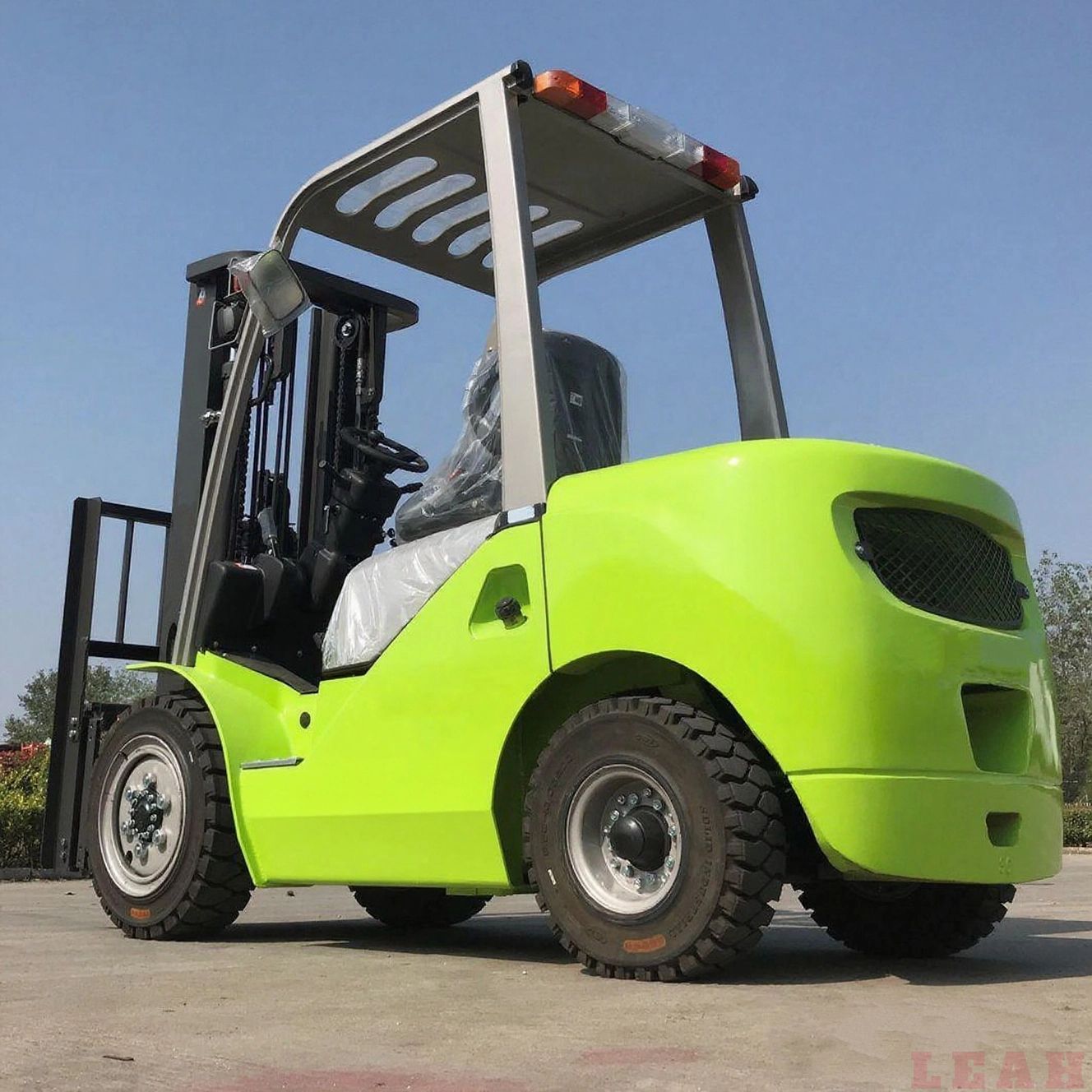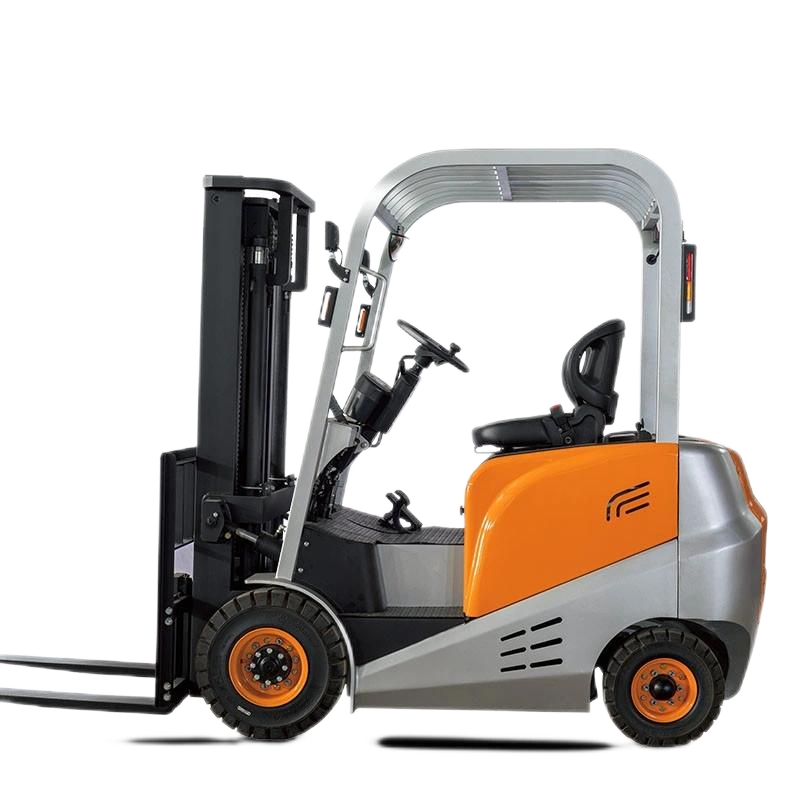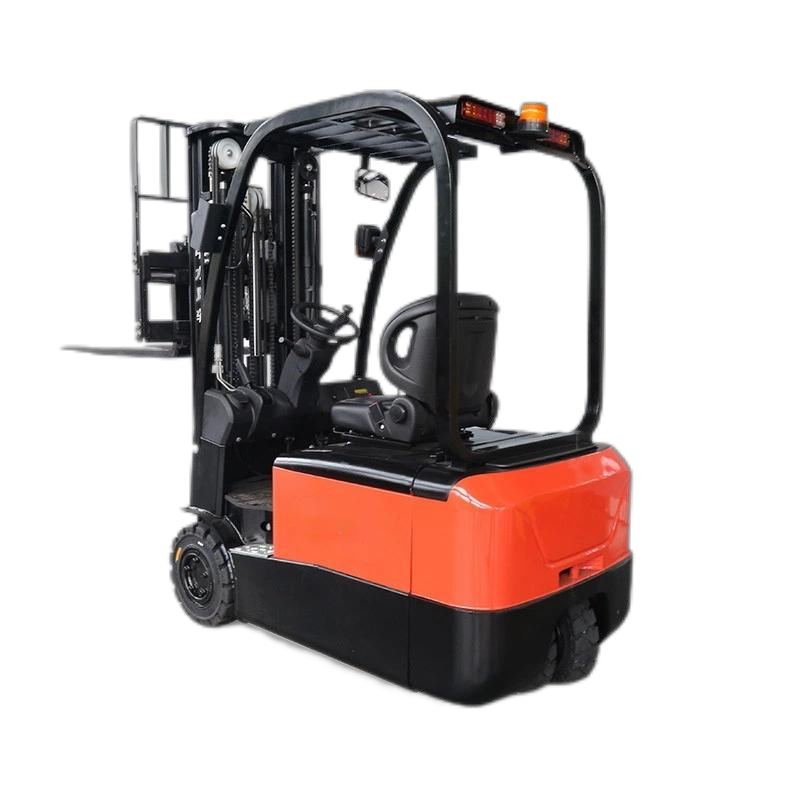When choosing between a 1-ton and a 3-ton electric forklift, it is necessary to comprehensively consider multiple dimensions such as load requirements, operating environment, cost, and maintenance. The specific analysis is as follows:

I. Comparison of Core Parameters
| Parameter | 1-ton Electric Forklift | 3-ton Electric Forklift |
|---|---|---|
| Rated Lifting Capacity | ≤1 ton (it is recommended that the actual load be ≤0.8 ton) | ≥3 tons (it is recommended that the actual load be ≤2.5 ton) |
| Applicable Scenarios | Narrow aisles, light-duty handling (such as pallets, small equipment) | Heavy-load operations (such as steel, large equipment), complex terrains |
| Maneuverability | Small turning radius (about 1.2 meters), suitable for low and narrow spaces | Slightly larger turning radius (about 1.8 meters), stronger stability |
| Lifting Height | Generally ≤3 meters, with a relatively high free lifting height (suitable for low-height environments) | The maximum lifting height can reach 6 - 8 meters, suitable for high-position shelves |
II. Selection Suggestions
- Selection Based on Load Requirements
- Choose a 1-ton forklift: It is suitable for daily handling of lightweight goods (such as e-commerce parcels, small parts), and when it is necessary to frequently shuttle through narrow aisles or low spaces (such as cold storages, workshops).
- Choose a 3-ton forklift: If you need to handle heavy goods (such as metal molds, large equipment) or need to interface with high-position shelves (≥5 meters), it is recommended to choose a 3-ton model.
- Matching with Operating Environment
- Indoors/narrow spaces: Give priority to a 1-ton forklift. It has a small size, flexible operation, and exerts less pressure on floor bearing capacity.
- Outdoors/complex terrains: A 3-ton forklift is more suitable due to its larger dead weight and more wear-resistant tires (such as solid tires), making it more suitable for uneven roads or ramp operations.
- Cost and Maintenance Considerations
- The power consumption cost of a 1-ton forklift is lower (about 20 - 30 yuan per day), but it needs to be charged more frequently.
- A 3-ton forklift has a stronger endurance (it can work for 4 - 6 hours when fully charged) and is suitable for long-time operations.
- Purchase Cost: The price of a 1-ton forklift is about 100,000 - 150,000 yuan, and that of a 3-ton model is about 200,000 - 350,000 yuan.
- Operating Cost:
- Maintenance Frequency: A 1-ton forklift has a simple structure and lower maintenance cost; a 3-ton forklift, due to its large load, requires more attention to components such as the drive axle and braking system.
- Supplementary for Special Scenarios
- Cold chain/pharmaceutical industry: Both can be selected, but it is necessary to match a low-temperature battery (-30°C - 50°C) and anti-vibration design.
- High safety requirements: A 3-ton forklift can be equipped with intelligent systems (such as ramp anti-slip, fingerprint unlocking), offering better safety.
III. Summary
- 1-ton Forklift: Suitable for scenarios with light loads, high frequency, and limited space, with outstanding cost performance.
- 3-ton Forklift: Suitable for heavy loads, high-position shelves, and complex environments, with a higher long-term investment return.
It is recommended to conduct on-site tests of different tonnage models and make comprehensive decisions in combination with the enterprise's budget and operating intensity.







